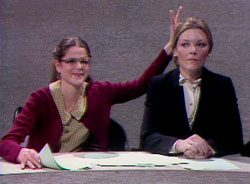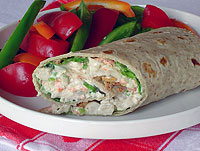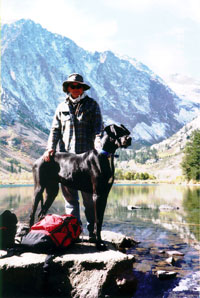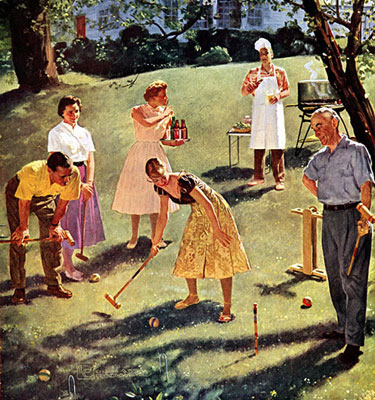This is an excerpt from the book "Clothing Optional: And Other Ways to Read These Stories"
 We had just started Saturday Night Live, I was an apprentice writer, 24 years old and I felt intimidated. Chevy was hysterically funny. So was John and Danny and Gilda and Franken. And Michael O’Donoghue, well, Michael O’Donoghue simply scared the shit out of me. So I stayed pretty much to myself. One day I came to work, and on my desk was a framed cartoon. A drawing – no caption – of a drunken rabbi staggering home late and holding a wine bottle. And waiting for him on the other side of the door was his angry wife, getting ready to hit him with a Torah instead of a rolling pin. I had no idea who put it there. I started looking around and out of the corner of my eye I saw a white-haired man in his office, laughing. He had put it there. That was the first communication I had with Herb Sargent– which was significant given that he never spoke and he gave me a cartoon that had no caption.
We had just started Saturday Night Live, I was an apprentice writer, 24 years old and I felt intimidated. Chevy was hysterically funny. So was John and Danny and Gilda and Franken. And Michael O’Donoghue, well, Michael O’Donoghue simply scared the shit out of me. So I stayed pretty much to myself. One day I came to work, and on my desk was a framed cartoon. A drawing – no caption – of a drunken rabbi staggering home late and holding a wine bottle. And waiting for him on the other side of the door was his angry wife, getting ready to hit him with a Torah instead of a rolling pin. I had no idea who put it there. I started looking around and out of the corner of my eye I saw a white-haired man in his office, laughing. He had put it there. That was the first communication I had with Herb Sargent– which was significant given that he never spoke and he gave me a cartoon that had no caption.
 I had seen him years before. Or at least I think I did. When I was a kid. My father manufactured jewelry and he had his shop on 52nd Street between Fifth and Madison. I used to come into the city from Long Island and run errands for him during the summer. And no matter where the delivery was supposed to go, I made sure I got there by going through the lobby of what was then called the RCA Building, 30 Rockefeller Plaza, with the hopes that maybe I would see Johnny Carson (whose show was upstairs) or some of the people from That Was the Week That Was: Buck Henry, Bob Dishy, David Frost – or Herb Sargent, who was the producer. I knew his name from the credits. As a young boy who wanted to be a TV writer some day, this was like hanging around outside of Yankee Stadium waiting to see the players going through to the clubhouse.
I had seen him years before. Or at least I think I did. When I was a kid. My father manufactured jewelry and he had his shop on 52nd Street between Fifth and Madison. I used to come into the city from Long Island and run errands for him during the summer. And no matter where the delivery was supposed to go, I made sure I got there by going through the lobby of what was then called the RCA Building, 30 Rockefeller Plaza, with the hopes that maybe I would see Johnny Carson (whose show was upstairs) or some of the people from That Was the Week That Was: Buck Henry, Bob Dishy, David Frost – or Herb Sargent, who was the producer. I knew his name from the credits. As a young boy who wanted to be a TV writer some day, this was like hanging around outside of Yankee Stadium waiting to see the players going through to the clubhouse.

 My mom taught me how to cook. I was lucky she was the kind of mom who encouraged me to be in the kitchen. She would often turn her favorite room over to me, making me feel as though I was a scientist working in my own private laboratory. I would pretend I was testing recipes in the Pillsbury kitchens.
My mom taught me how to cook. I was lucky she was the kind of mom who encouraged me to be in the kitchen. She would often turn her favorite room over to me, making me feel as though I was a scientist working in my own private laboratory. I would pretend I was testing recipes in the Pillsbury kitchens. As any good Cajun cook will tell you, "First you make a roux." But what, you might ask, is a roux?.
As any good Cajun cook will tell you, "First you make a roux." But what, you might ask, is a roux?. When I was a child, for two weeks every summer, my family would go to a small town in Norway called Fevik. We would stay in a hotel called the Strand Hotel, which is, now, a home for the elderly. We were a large family, four children, (I was the youngest), my mother, my Norwegian father, and his sister, Else.
When I was a child, for two weeks every summer, my family would go to a small town in Norway called Fevik. We would stay in a hotel called the Strand Hotel, which is, now, a home for the elderly. We were a large family, four children, (I was the youngest), my mother, my Norwegian father, and his sister, Else. If you’ve never read Elizabeth Gilbert’s book, “
If you’ve never read Elizabeth Gilbert’s book, “
